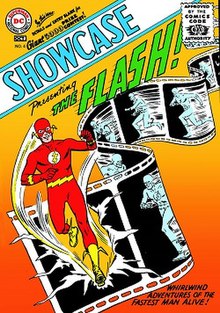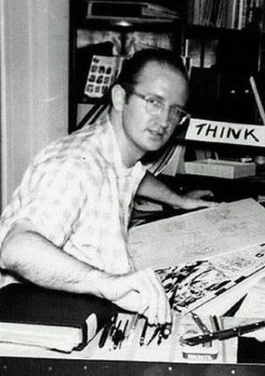
Stephen John Ditko was an American comics artist and writer best known for being the co-creator of Marvel superhero Spider-Man and creator of Doctor Strange. He also made notable contributions to the character of Iron Man, revolutionizing the character's red and yellow design.
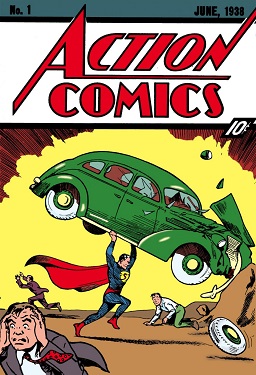
Action Comics is an American comic book/magazine series that introduced Superman, one of the first major superhero characters. The publisher was originally known as National Allied Publications, and later as National Comics Publications and as National Periodical Publications, before taking on its current name of DC Comics. Its original incarnation ran from 1938 to 2011 and stands as one of the longest-running comic books with consecutively numbered issues. The second volume of Action Comics beginning with issue #1 ran from 2011 to 2016. Action Comics returned to its original numbering beginning with issue #957.

The Legion of Super-Heroes is a superhero team appearing in American comic books published by DC Comics. Created by writer Otto Binder and artist Al Plastino, the Legion is a group of superpowered beings living in the 30th and 31st centuries of the DC Comics Universe, and first appeared in Adventure Comics #247.
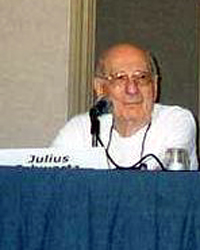
Julius "Julie" Schwartz was an American comic book editor, and a science fiction agent. He was born in The Bronx, New York. He is best known as a longtime editor at DC Comics, where at various times he was primary editor over the company's flagship superheroes, Superman and Batman.
John Broome, who additionally used the pseudonyms John Osgood and Edgar Ray Meritt, was an American comic book writer for DC Comics. Along with Gil Kane, he co-created the supervillain Sinestro.
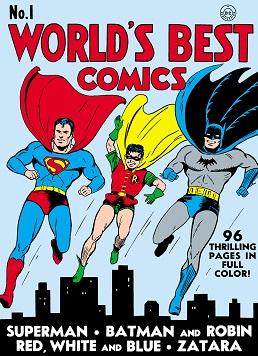
World's Finest Comics is an American comic book series published by DC Comics from 1941 to 1986. The series was initially titled World's Best Comics for its first issue; issue #2 switched to the more familiar name. Michael E. Uslan has speculated that this was because DC received a cease and desist letter from Better Publications, Inc., who had been publishing a comic book entitled Best Comics since November 1939. Virtually every issue featured DC's two leading superheroes, Superman and Batman, with the earliest issues also featuring Batman's sidekick, Robin.

Adventure Comics is an American comic book series published by DC Comics from 1938 to 1983 and revived from 2009 to 2011. In its first era, the series ran for 503 issues, making it the fifth-longest-running DC series, behind Detective Comics, Action Comics, Superman, and Batman. The series was revived in 2009 through a new "#1" issue by artist Clayton Henry and writer Geoff Johns. It returned to its original numbering with #516. The series ended again with #529 prior to a company-wide revision of DC's superhero comic book line, known as "The New 52".

Strange Adventures is a series of American comic books published by DC Comics, the first of which was August–September 1950, according to the cover date, and published continuously until November 1973.

Paul Levitz is an American comic book writer, editor and executive. The president of DC Comics from 2002 to 2009, he worked for the company for over 35 years in a wide variety of roles. Along with publisher Jenette Kahn and managing editor Dick Giordano, Levitz was responsible for hiring such writers as Marv Wolfman and Alan Moore, artists such as George Pérez, Keith Giffen, and John Byrne, and editor Karen Berger, who contributed to the 1980s revitalization of the company's line of comic book heroes.

Superman's Girl Friend, Lois Lane is an American comic book series published monthly by DC Comics. The series focusing on the adventures of Lois Lane began publication with a March/April 1958 cover date and ended its run in September/October 1974, with 137 regular issues and two 80-page Annuals. Following the similar themed Superman's Pal Jimmy Olsen, Superman's Girl Friend Lois Lane was the second comic series based on a Superman supporting character.
Earth-One is a name given to two fictional universes that have appeared in American comic book stories published by DC Comics. The first Earth-One was given its name in Justice League of America #21, after The Flash #123 explained how Golden Age (Earth-Two) versions of characters such as the Flash could appear in stories with their Silver Age counterparts. This Earth-One continuity included the DC Silver Age heroes, including the Justice League of America.
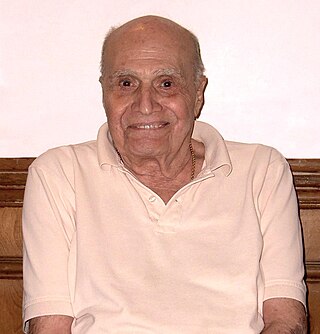
Carmine Infantino was an American comics artist and editor, primarily for DC Comics, during the late 1950s and early 1960s period known as the Silver Age of Comic Books. Among his character creations are the Black Canary and the Silver Age version of DC superhero the Flash with writer Robert Kanigher, the stretching Elongated Man with John Broome, Barbara Gordon the second Batgirl with writer Gardner Fox, Deadman with writer Arnold Drake, and Christopher Chance, the second iteration of the Human Target with Len Wein.

Edward Nelson Bridwell was an American writer for Mad magazine and various comic books published by DC Comics. One of the writers for the Batman comic strip and Super Friends, he also wrote The Inferior Five, among other comics. He has been called "DC's self-appointed continuity cop."

Paul Kupperberg is an American writer and comics editor. He is currently a writer and executive editor at Charlton Neo Comics and Pix-C Webcomics, and a contributing author with Crazy 8 Press. Formerly, he was an editor for DC Comics and executive editor of Weekly World News, as well as a writer of novels, comic books, and newspaper strips.
Robert Kanigher was an American comic book writer and editor whose career spanned five decades. He was involved with the Wonder Woman franchise for over twenty years, taking over the scripting from creator William Moulton Marston. In addition, Kanigher spent many years in charge of DC Comics's war titles and created the character Sgt. Rock. Kanigher scripted what is considered the first Silver Age comic book story, "Mystery of the Human Thunderbolt!", which introduced the Barry Allen version of the Flash in Showcase #4.
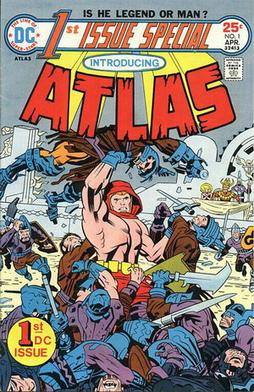
1st Issue Special is a comics anthology series from DC Comics, done in a similar style to their Showcase series. It was published from April 1975 to April 1976. The goal was to showcase a new possible first issue of an ongoing series each month, with some issues debuting new characters and others reviving dormant series from DC's past. No series were actually launched from 1st Issue Special but the Warlord made his first appearance in the title and the character's ongoing series was already slated to debut a few months later.
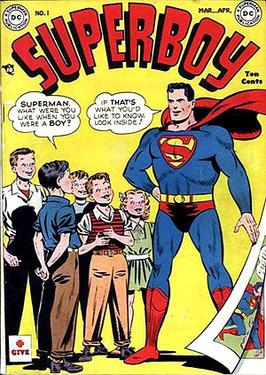
Superboy is the name of several American comic book series published by DC Comics, featuring characters of the same name. The first three Superboy titles feature the original Superboy, the underaged version of the legendary hero Superman. Later series feature the second Superboy, who is a partial clone of Superman.
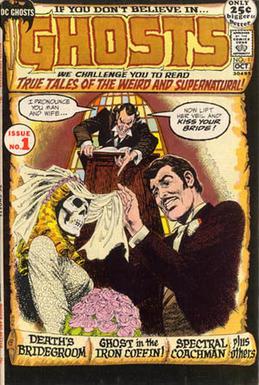
Ghosts is a horror comics anthology series published by DC Comics for 112 issues from September–October 1971 to May 1982. Its tagline was "True Tales of the Weird and Supernatural", changed to "New Tales of the Weird and Supernatural", as of #75, and dropped after #104.
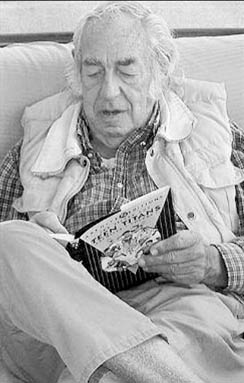
Robert Gilbert Haney, Jr. was an American comic book writer, best known for his work for DC Comics. He co-created the Teen Titans as well as characters such as Lance Bruner, Metamorpho, Eclipso, Cain, and the Super-Sons.
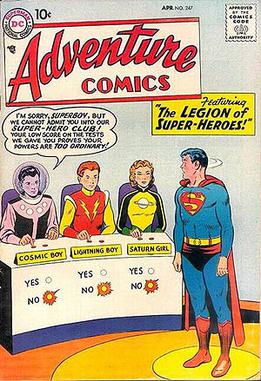
The 1958 version of the Legion of Super-Heroes is a fictional superhero team in the 31st century of the DC Comics Universe. The team is the first incarnation of the Legion of Super-Heroes, and was followed by the 1994 and 2004 rebooted versions. It first appeared in Adventure Comics #247 and was created by Otto Binder and Al Plastino.
